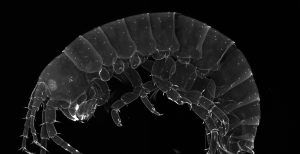Evolutionary and developmental origin of insect wings
Yoshinori Tomoyasu
Department of Biology, Miami University, USA
The evolutionary origin of insect wings has been the subject of heated debates for centuries. These debates have culminated into two prominent, yet contrasting hypotheses: the tergal origin hypothesis and the pleural origin hypothesis. However, despite accumulating efforts to unveil the origin of insect wings, neither hypothesis has been able to surpass the other. Through investigations in the Tribolium beetle, we have previously obtained functional evidence supporting a third hypothesis, the dual origin hypothesis. Although this hypothesis has the potential to unify the two competing hypotheses, it requires rigorous testing from various fields. To further evaluate this hypothesis from an evo-devo perspective, we have been analyzing the development of wing-related tissues in a wide taxonomy of organisms, through which we have made several interesting findings that can help decipher the origin of insect wings. For example, in the crustacean Parhyale, our expression and genome-editing analyses have revealed that a wing-like gene network operates in two distinct tissues. In Tribolium, we found that the formation of ectopic wings induced by homeotic transformations in otherwise wingless segments requires the merger of two separate groups of tissues. We also found that there are two lineages of wing-related tissues in the cockroach Blattella, suggesting that our findings in Tribolium can be generalizable. I will showcase these findings and discuss how our results support the idea that the insect wing is composed of two separate lineages of tissues (of tergal and pleural nature), and therefore further support a dual evolutionary origin of insect wings.










You must be logged in to post a comment.